On the morning of December 10, in Ho Chi Minh City, the program "People ask - Government answers" took place, hosted by the Ho Chi Minh City People's Council and Ho Chi Minh City Television (HTV), with the theme "Management and development of parks and public trees".
Voter Dao Thi Hoa (Ward 14, Go Vap District) asked: "Many 100-year-old trees were cut down to build traffic works. Did Ho Chi Minh City assess the safety and longevity of the trees before constructing the works?"
Regarding this issue, Mr. Vu Van Diep, Director of the Ho Chi Minh City Technical Infrastructure Management Center, said that when there is a project to build a traffic project, the relevant parties will carefully study and propose optimal solutions to minimize the impact on existing works, including urban trees, especially large, old trees.
However, according to Mr. Diep, with the current state of Ho Chi Minh City's inner city, choosing construction options to avoid impacts or retain trees is almost impossible, because there is no better solution.
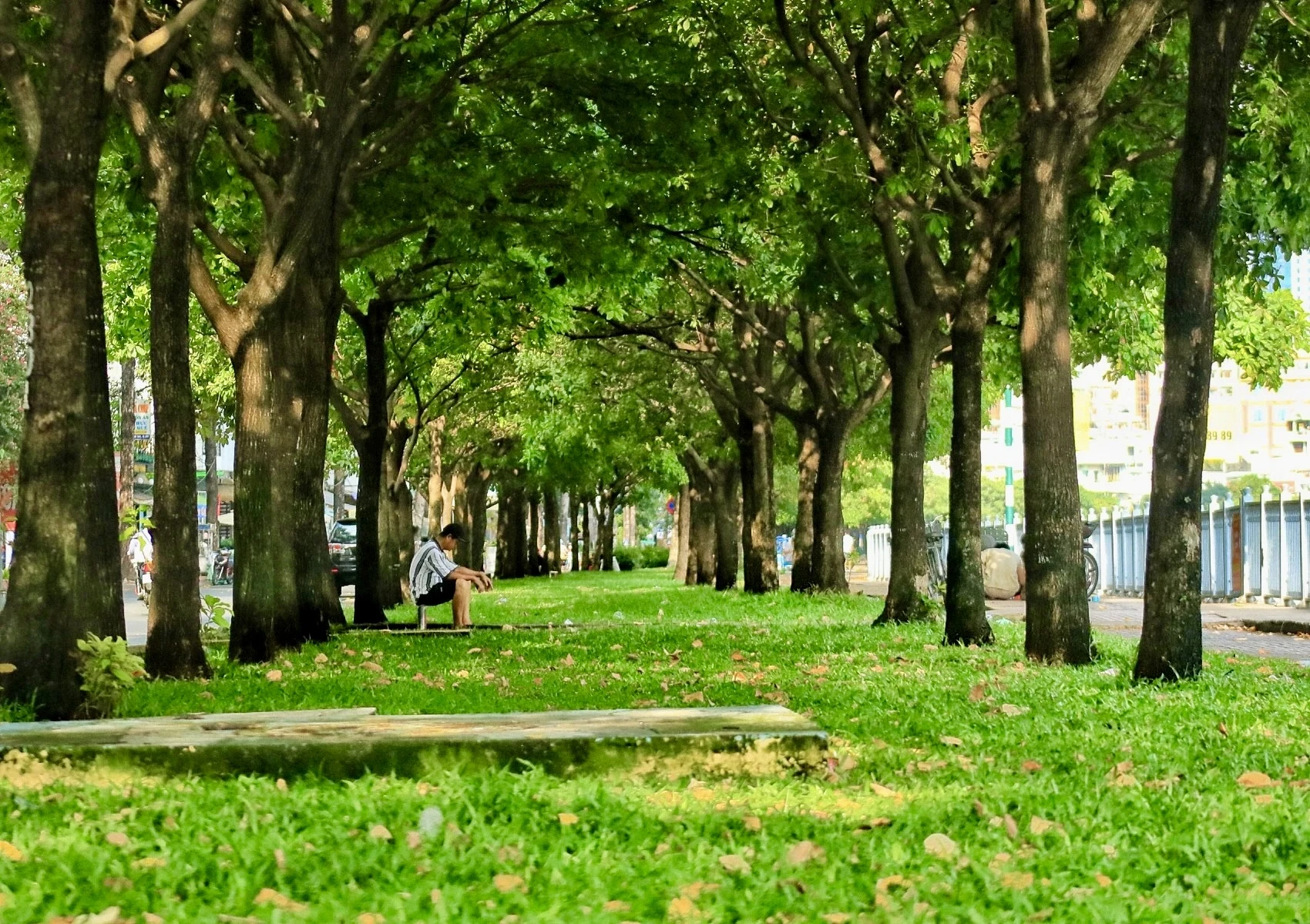
Trees on Truong Sa street, along Nhieu Loc - Thi Nghe canal
Construction projects that require cutting down or relocating trees must be approved by specialized agencies, approved by the Ho Chi Minh City People's Committee, and implemented according to a very strict process. Trees are carefully assessed for their condition to decide whether to cut down or relocate.
In addition, in the design plan for the construction of traffic works, the investor must propose to plant additional trees equal to or greater than the number of trees that have been relocated or cut down.
"The relocation or cutting down of any trees in the city is regrettable, but due to unavoidable circumstances, there is no better solution. Therefore, I hope voters will share and support the functional units when performing their duties, especially when planting replacement trees on existing roads," said Mr. Diep.
The planning project has green park elements, but has not been implemented yet.
Dr. Dinh Quang Diep, lecturer at Ho Chi Minh City University of Agriculture and Forestry (Ho Chi Minh City National University) asked the question: What will Ho Chi Minh City do to achieve the standard of urban green park land of nearly 7m2 /person?
Not to mention, the current distribution of green areas is uneven as inner-city and central districts have a large number and area of parks, while new districts and suburban districts have very limited public park land, even though the planned land fund for green parks is very large.
This is the paradox of Ho Chi Minh City because the parks should develop as the urban area develops. From there, Dr. Dinh Quang Diep raised the question of whether the project to adjust the general planning of Ho Chi Minh City until 2040, with a vision to 2060, can solve this "paradox".
Mr. Dang Phu Thanh, Deputy Director of the Ho Chi Minh City Department of Construction, said that in order to achieve the target of urban green land area, relevant units have recently reviewed land funds in planning projects. Currently, Ho Chi Minh City has 11,369 hectares of park and green land.
The unit also advised the Ho Chi Minh City People's Committee to issue a program to develop public parks and trees for the 2020-2030 period, in which 150 hectares of public parks and trees will be developed in the 2020-2025 period, and 450 hectares will be added in the 2026-2030 period.
In addition, Ho Chi Minh City has upgraded, renovated and built 405 new parks with a total area of 508 hectares. Among them are large parks such as Gia Dinh Park, Go Vap Park, National Cultural History Park, Khanh Hoi Park, and Saigon Bridge Park.
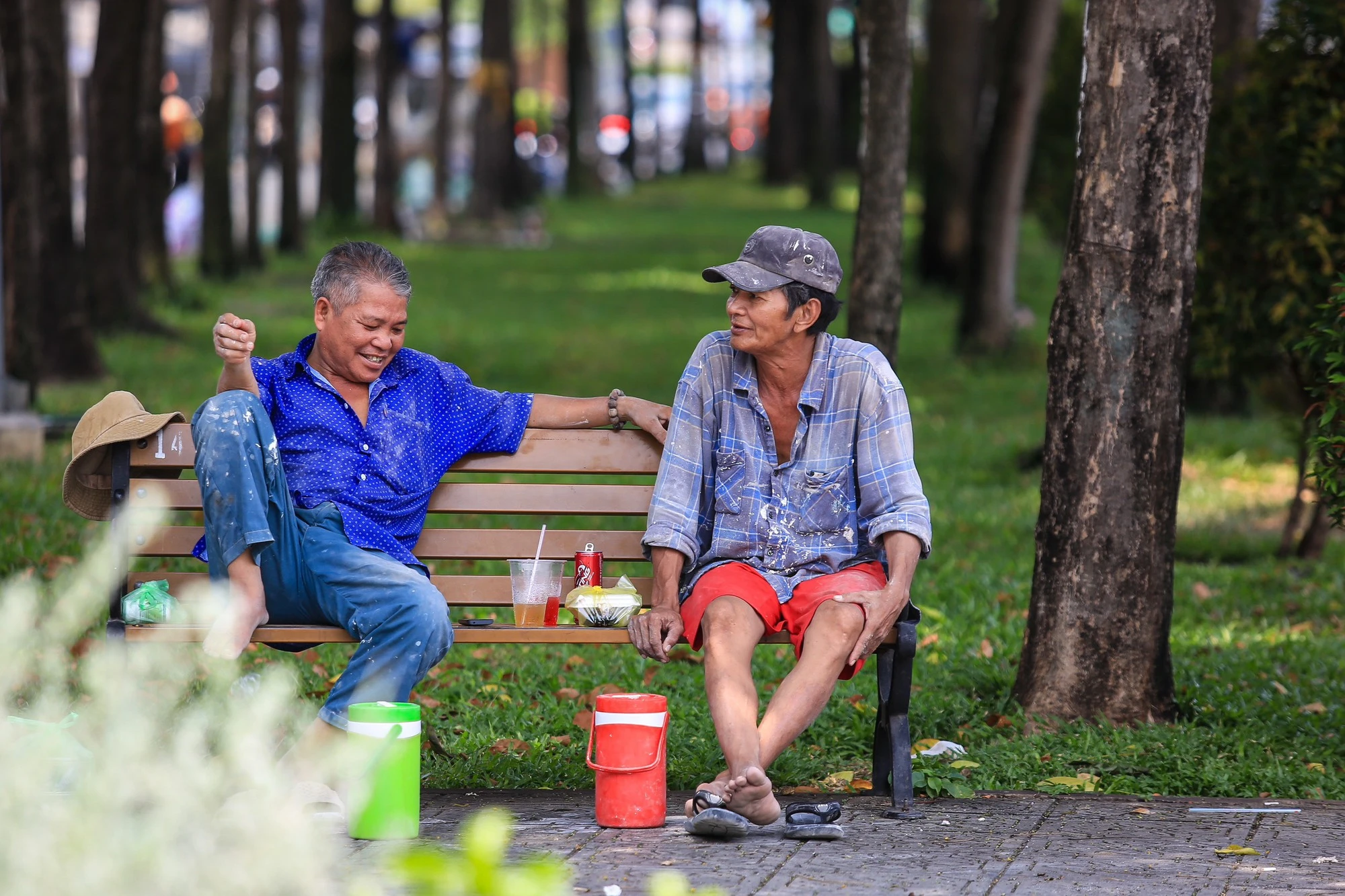
Workers resting in the green park
Mr. Nguyen Thanh Nha, Director of the Department of Planning and Investment of Ho Chi Minh City, also informed that in the past, it was easier for Ho Chi Minh City to plan and build public parks concentrated in central districts because it was not under pressure from population growth and real estate market development.
Currently, in 600 zoning plans in Ho Chi Minh City, all have full facilities for green parks and the plans have been approved. However, the problem is that these plans have not been implemented in the field, so in recent years, green parks have not met the requirements.
"The paradox of urban development and greenery exists. But currently, wherever population growth occurs, transport infrastructure and social infrastructure must be developed. I also recommend that in addition to developing transport infrastructure and technical infrastructure, priority should be given to developing green areas," said Mr. Nha.
Concluding the program, Ms. Nguyen Thi Thanh Van, Head of the Urban Committee of the Ho Chi Minh City People's Council, requested the Ho Chi Minh City Department of Construction to speed up the implementation of investment projects to develop parks and public trees in the area to soon achieve the targets and tasks.
The Department of Planning and Investment of Ho Chi Minh City needs to soon research and develop a set of standards and land use structures for different types of public parks; provide guidance on the preparation and approval of plans for the use of the total site and detailed construction plans at a scale of 1/500 for each existing park.
In addition, Ms. Nguyen Thi Thanh Van also requested that localities review land areas planned for green space to build public parks according to the plan.
Source link


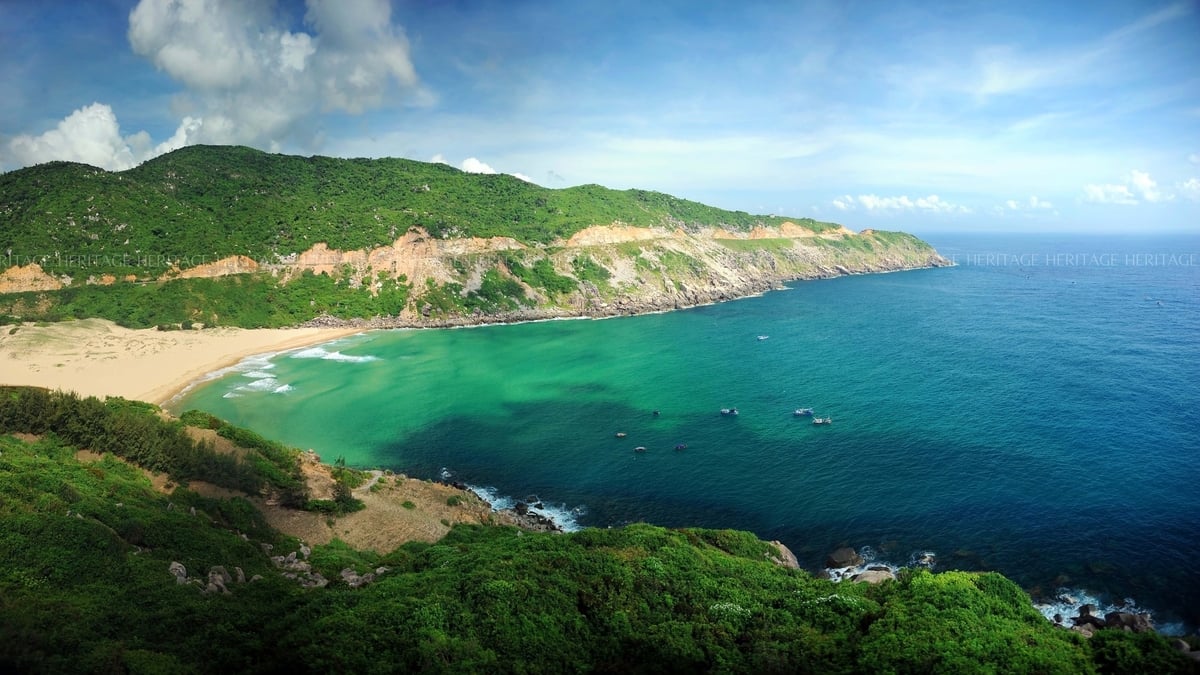
![[Photo] Prime Minister Pham Minh Chinh chairs meeting on science and technology development](https://vphoto.vietnam.vn/thumb/1200x675/vietnam/resource/IMAGE/2025/5/17/ae80dd74c384439789b12013c738a045)
![[Photo] Readers line up to visit the photo exhibition and receive a special publication commemorating the 135th birthday of President Ho Chi Minh at Nhan Dan Newspaper](https://vphoto.vietnam.vn/thumb/1200x675/vietnam/resource/IMAGE/2025/5/17/85b3197fc6bd43e6a9ee4db15101005b)

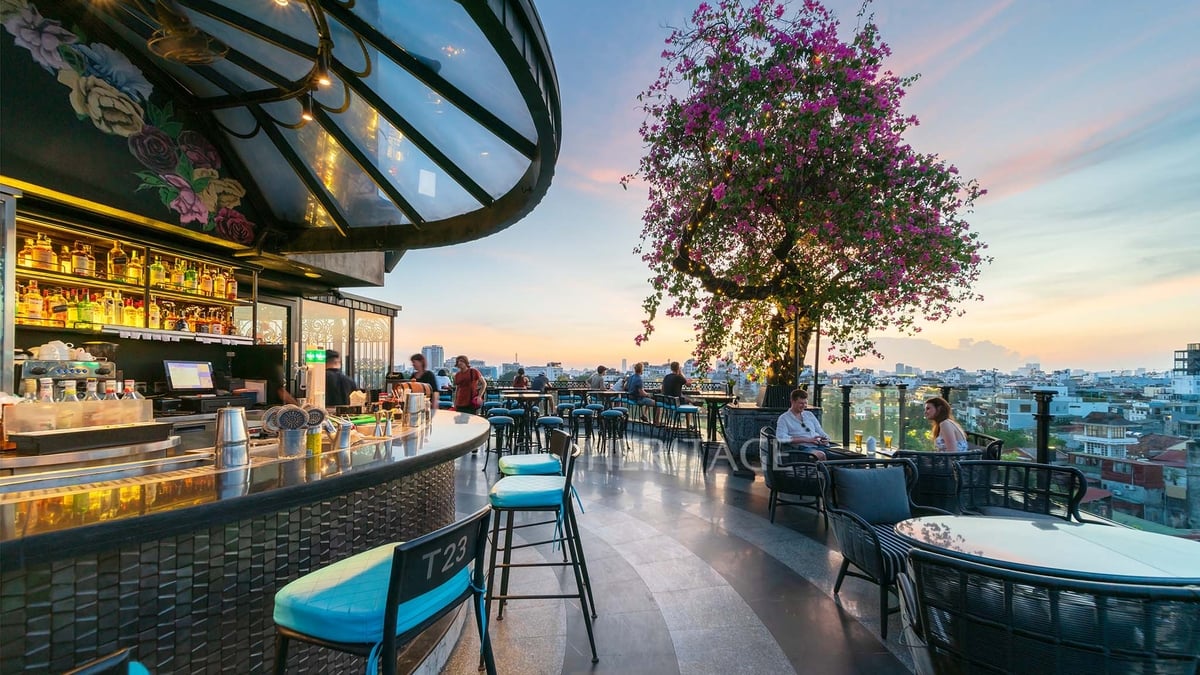
![[Photo] More than 17,000 candidates participate in the 2025 SPT Competency Assessment Test of Hanoi National University of Education](https://vphoto.vietnam.vn/thumb/1200x675/vietnam/resource/IMAGE/2025/5/17/e538d9a1636c407cbb211b314e6303fd)


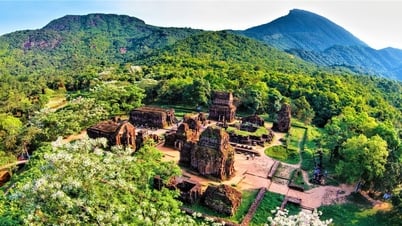

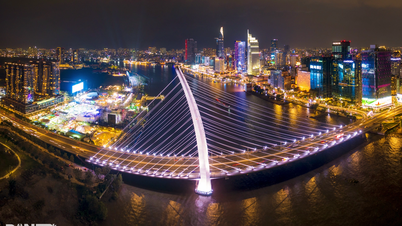

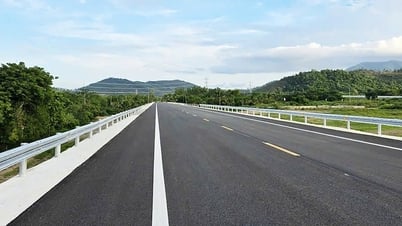

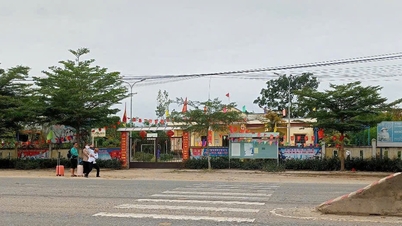
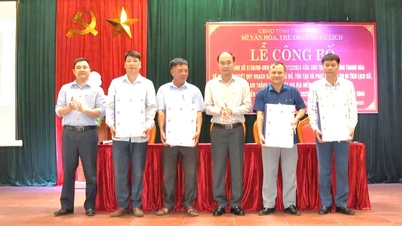



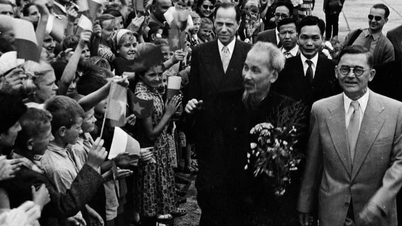
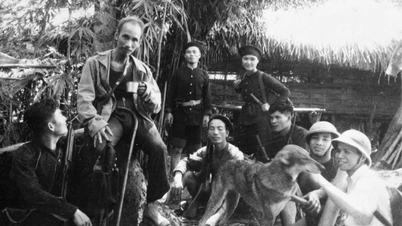


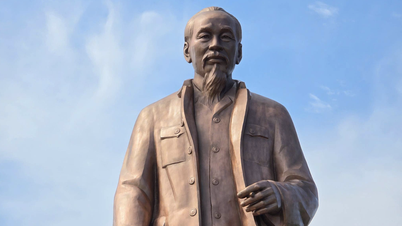







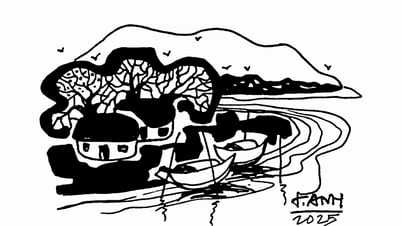



![[Photo] Nearly 3,000 students moved by stories about soldiers](https://vphoto.vietnam.vn/thumb/1200x675/vietnam/resource/IMAGE/2025/5/17/21da57c8241e42438b423eaa37215e0e)
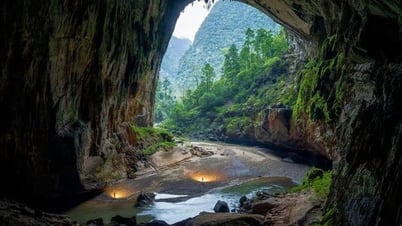

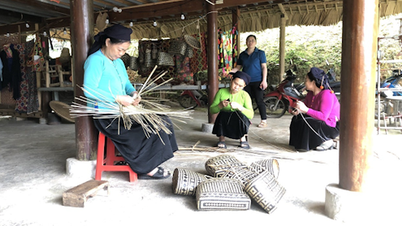

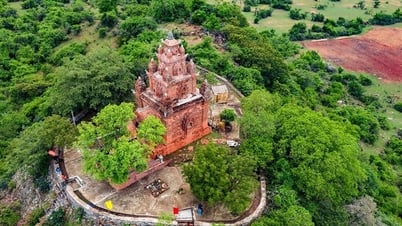

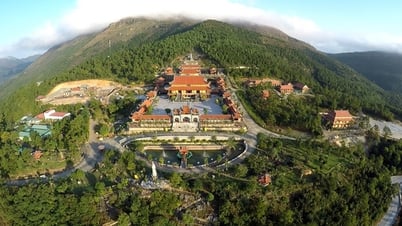


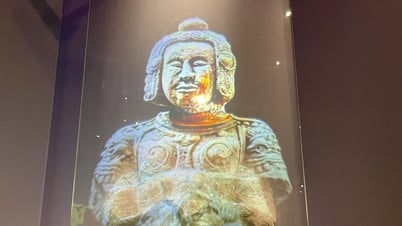











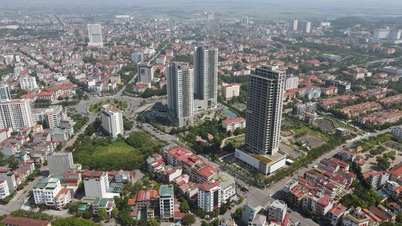

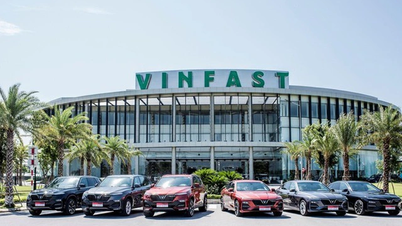




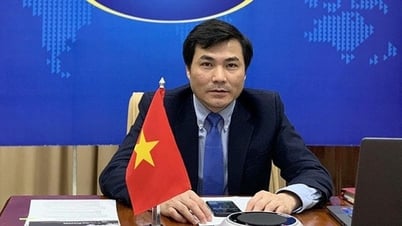

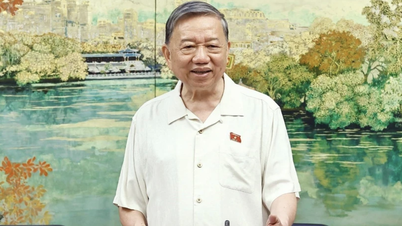
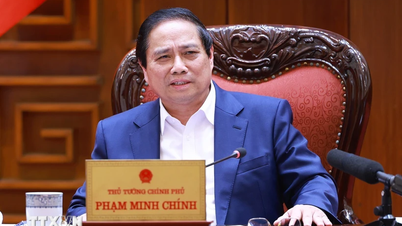


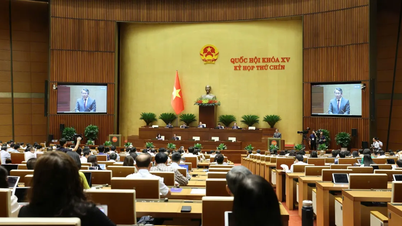

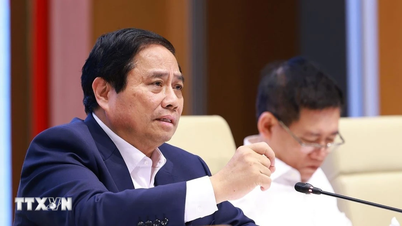


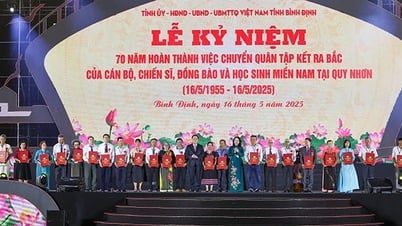




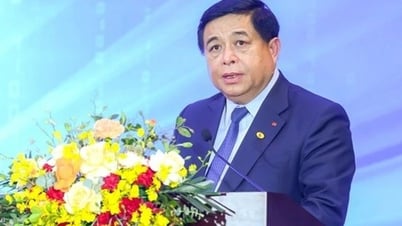


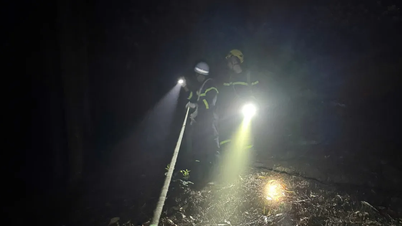
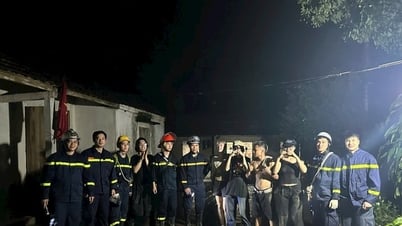



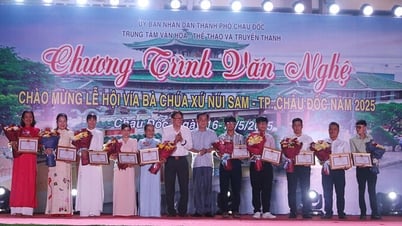

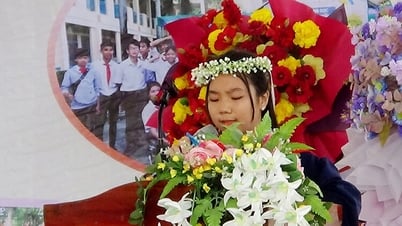
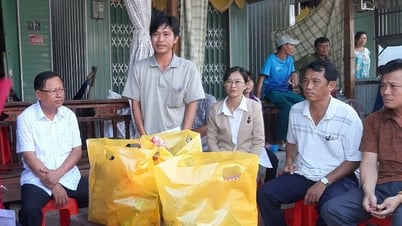









Comment (0)